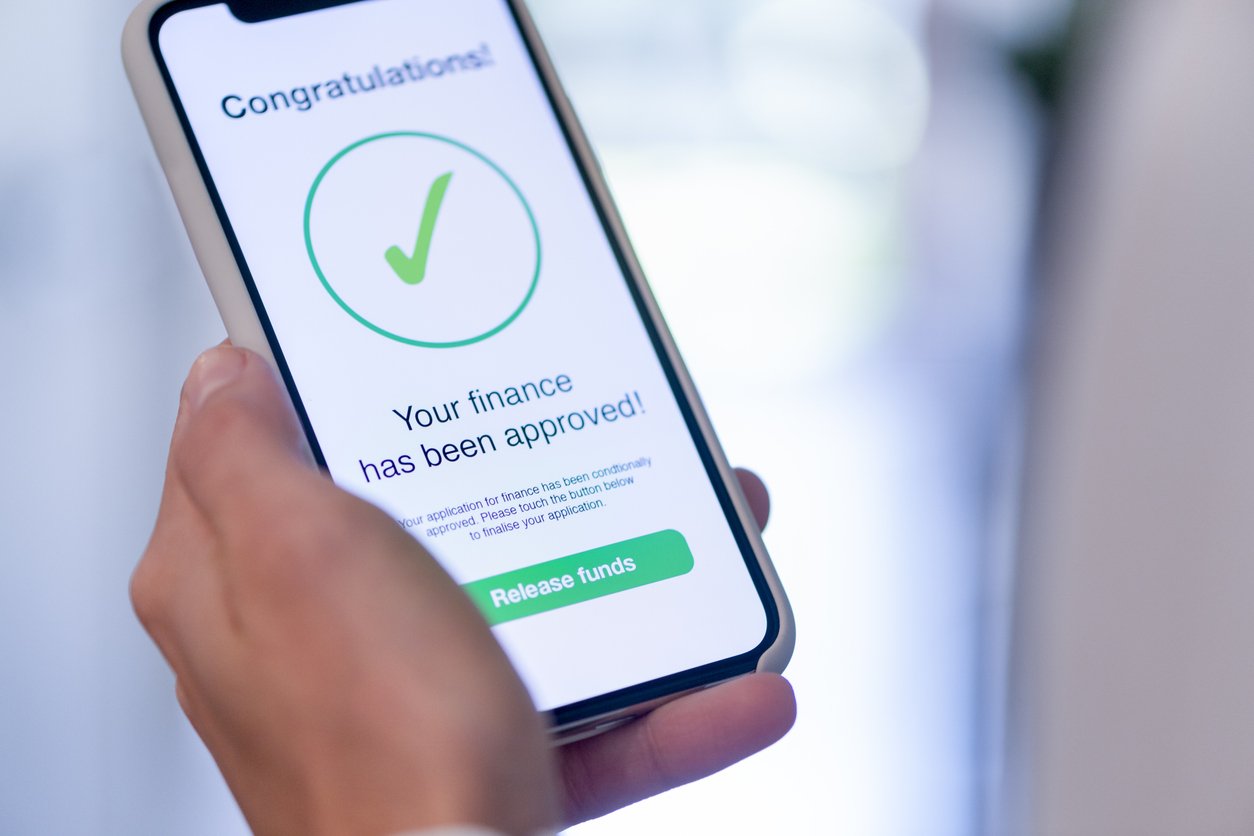When contemplating a change in living arrangements, it’s crucial to understand the legal and practical implications of becoming a tenant. While terms like “tenant” and “renter” are often used interchangeably in casual conversation, they carry distinct meanings in the context of property law and rental agreements.
For individuals seeking rentals in the DMV area, whether seeking apartments, condos, or houses, a clear understanding of what it means to be a tenant is essential for a successful and harmonious living arrangement.
This knowledge not only clarifies your rights and responsibilities but also sets the foundation for a positive relationship with your landlord or property management company.
Key Takeaways:
- Tenant Definition: A tenant legally occupies a property through a signed lease outlining their rights and responsibilities.
- Tenant vs. Renter: Legally, a tenant has a lease; a “renter” can also refer to the landlord who owns the property.
- Tenant Rights: Tenants are entitled to a habitable environment, privacy, protection from discrimination, and essential services.
- Tenant Responsibilities: Tenants must pay rent on time, maintain the property, follow lease rules, and report repairs quickly.
- Tenancy Duration: The average tenancy lasts about two years, helping tenants plan for personalization and future needs.
Defining “What is a Tenant” in Simple Terms
At its core, a tenant is someone who legally occupies a property owned by someone else. This arrangement happens through a written agreement – the lease or rental agreement – that lays out the terms and conditions of the tenancy.
These terms cover vital aspects like rent amount, payment schedule, duration of the lease, maintenance responsibilities, and more. The lease outlines the responsibilities of both you, the tenant, and the landlord. This ensures things are fair and everyone’s on the same page right from the start.
Tenant vs. Renter: Is There a Difference?
In casual conversations, you might hear “tenant” and “renter” used as synonyms. While that’s usually fine in daily chat, things get a bit more specific when we talk about legal stuff.
A tenant specifically has a signed lease agreement in place with the landlord. This legal document provides specific protections and rights outlined by state and federal laws. This binding agreement sets a clear framework for the duration of the tenancy.
On the flip side, “renter” takes on a different meaning when you dive into legal jargon. As explained from a legal standpoint, the word “renter” actually refers to someone who owns or controls a property and collects rent.
So, legally, that makes the landlord the “renter.” Confusing, right? Outside legal documents, it’s common to see the words “tenant” and “renter” used pretty interchangeably. For the purpose of this article, we will use the term “tenant.”
Tenant Rights and Responsibilities: What to Keep in Mind
So now you know what a tenant is – but what does that actually look like on a day-to-day basis? Here’s a closer look:
Rights Tenants Can Expect
Right to a Habitable Residence: Your landlord has to make sure the property meets basic living standards, which include things like running water, heat, and freedom from pests. It needs to be a safe and sanitary environment.
Quiet Enjoyment of the Property: You have the right to peacefully enjoy the rented space without being subject to excessive noise, intrusions, or harassment from a property owner living nearby.
Protection from Unlawful Discrimination: Under the Fair Housing Act, you’re shielded from discrimination based on things like race, religion, national origin, familial status, or disability.
Privacy on Your Property: While the landlord can enter for reasons like repairs or inspections, they generally need to provide reasonable notice first – unless it’s an emergency situation, of course.
Access to Essential Services: Your landlord needs to ensure you have access to basic utilities like water, electricity, and heating as outlined in your lease agreement. You are legally obligated to pay for these services as outlined in your lease agreement.
Responsibilities That Come With Being a Tenant
Timely Rent Payments: Always prioritize paying rent on time as agreed upon in your lease. It’s the most crucial aspect of upholding your end of the deal. Late payments can lead to late fees or even legal trouble.
Taking Care of the Rental Property: Keep your rental clean and in good condition. Think of it as your own for the time being, even if you don’t own it. You are responsible for property maintenance inside of your unit, outside of normal wear and tear.
Following the Rules: Landlords often have specific rules regarding things like pets, noise levels, and parking. Stick to these guidelines to ensure a harmonious living environment for yourself and everyone else. Plus, nobody likes getting hit with a noise complaint.
Reporting Needed Repairs Promptly: While it’s the landlord’s responsibility to handle major repairs, let them know about any maintenance issues ASAP. Ignoring a dripping faucet might seem harmless, but it could spiral into a bigger, more costly problem. When you sign your formal lease agreement, be sure you understand who is responsible for what.
Understanding How Long Tenants Usually Stay
Considering the duration of one’s tenancy is an important aspect of rental planning. Whether contemplating long-term improvements to the living space or viewing the current rental as a temporary arrangement, understanding the average length of tenant occupancy can provide valuable context for personal decision-making.
This information can help inform choices about personalizing the space, building local connections, and planning for future housing needs. While circumstances definitely vary, tenants stay for about two years on average.
Keep in mind a lot of factors play into this, like lifestyle changes, job opportunities, and good old-fashioned wanderlust. Knowing how long other renters usually stay is interesting info, but your own personal timeline is entirely up to you and your unique circumstances.
Whether you’re aiming to settle in for the foreseeable future or simply dipping your toes into the rental pool for a chapter or two, having a good grasp of “what is a tenant” will equip you to make choices that best fit your goals.
FAQs About What is a Tenant
Is a tenant different from an occupant?
An occupant is someone physically residing on a property. But – and this is where the difference lies – a tenant has a legally binding agreement (a lease) with the property owner, whereas an occupant may not.
What are unauthorized occupants?
Unauthorized occupants lack the landlord’s permission to be on the property. They could be individuals who move in without proper authorization, individuals staying beyond the lease’s end date, or subtenants not officially approved by the landlord.
So, what exactly are authorized occupants?
Authorized occupants are those who have received explicit permission from the landlord, usually stipulated in a formal lease agreement. They are bound by the terms of this agreement, even if their name doesn’t appear directly on it.
As an occupant, what rules should I follow?
As an occupant, be sure to respect any rules or guidelines established by the property owner. Always err on the side of communication with your landlord or property manager. Addressing questions early on can often prevent headaches down the road.
What Is a Tenant? Understanding Your Role and Rights in the Rental Ecosystem
Understanding “what is a tenant” extends far beyond a simple dictionary definition. It encompasses grasping the legal context, specific rights and responsibilities, and the nuances distinguishing terms like “tenant” and “renter.” This knowledge is crucial for anyone entering the realm of leasing.
When you sign a lease agreement, you become an integral part of the renter-landlord ecosystem. A clear understanding of your role, rights, and responsibilities lays the foundation for a positive renting experience and helps foster a productive relationship with your landlord or property management company.
For personalized guidance on your rights as a tenant or assistance with finding a rental in Washington, DC, contact Nomadic Real Estate! Their experienced team can provide expert advice tailored to your situation, ensuring you’re well-informed and confident in your role as a tenant.



































